|
I am a third year PhD student at Laboratory of Image and Video Engineering at The University of Texas Austin, advised by Prof. Alan C. Bovik . My research focuses on the "Theoretical Foundations of Generative Models (e.g. Flows, Diffusion, and MLLMs) and their applications in efficient sampling, image/video-quality assessment (QA), editing, and inverse problems (eg: ITM). I collaborate with YouTube/ Google Media Algorithms team in my PhD. I will be joining Google Research as a student researcher in LUMA team starting June 2025. Before starting my PhD at UT Austin, I worked as a Research Engineer-AI at Arkray, inc and as Machine Learning Engineer at BioMind AI. At both places, i was working on developing novel and scalable AI solutions for medical image analysis. I received my Bachelor's degree in Electrical Engineering from the IIT Jodhpur. I was fortunate to be advised by Prof. Menglign Feng (NUS), Prof. Aditya Nigam (IIT Mandi), and Prof. Anil K. Tiwari(IIT Jodhpur) throughout my undergraduate research. Contact / Google Scholar / LinkedIn / X / GitHub / CV (Dated 😞) |
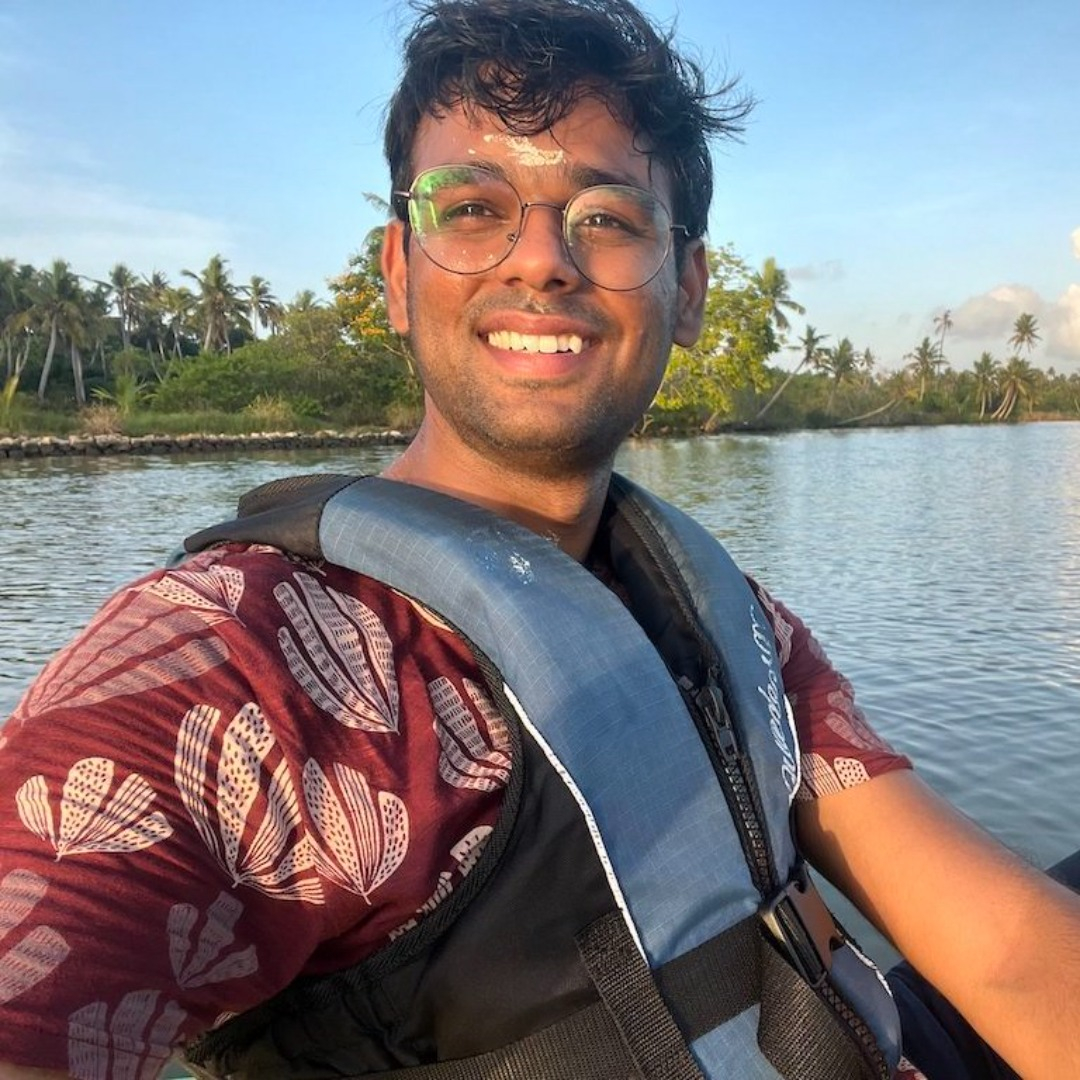
|
|
|
|
Reviewer: ICLR (2026, 2025), IEEE Trans. on Multimedia (2024, 2025), ICML (2025), CVPR (2026, 2025), WACV(2025, 2026), TIP(2025). |
|
|
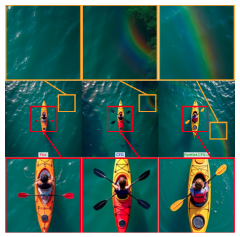
|
S Saini, S Gupta, AC Bovik. Thirty-Ninth Conference on Neural Information Processing Systems (NeurIPS 2025) PDF / NeurIPS / Page / Code Rectified CFG++ enhances conditional image generation with Rectified Flow models by adaptively correcting the latent trajectory. This method improves visual coherence and alignment with text prompts, outperforming existing samplers in generation quality and efficiency. |

|
S Saini, R Liao, Y Ye, AC Bovik. 42nd International Conference on Machine Learning (ICML) 2025, Vancouver, Canada. PDF / ArXiv This study investigates the exploitation of diffusion model priors to achieve perceptual consistency in image quality assessment. By leveraging the inherent priors learned by diffusion models, the assessment of image quality is made more aligned with human perception, leading to more accurate and reliable evaluations. |
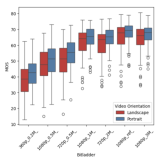
|
S Saini, N Birkbeck, Y Wang, B Adsumilli, AC Bovik. Under Review: ICLR 2026 PDF / ArXiv / Page / Code In this work, we propose 40K UGC-HDR subjective video quality database and train an HDR-native reasoning MLLM for perceptual video quality assessment. This is the first and only large scale subjective database for UGC-HDR videos; it will help in developing objective metrics that accurately predict subjective quality scores. |
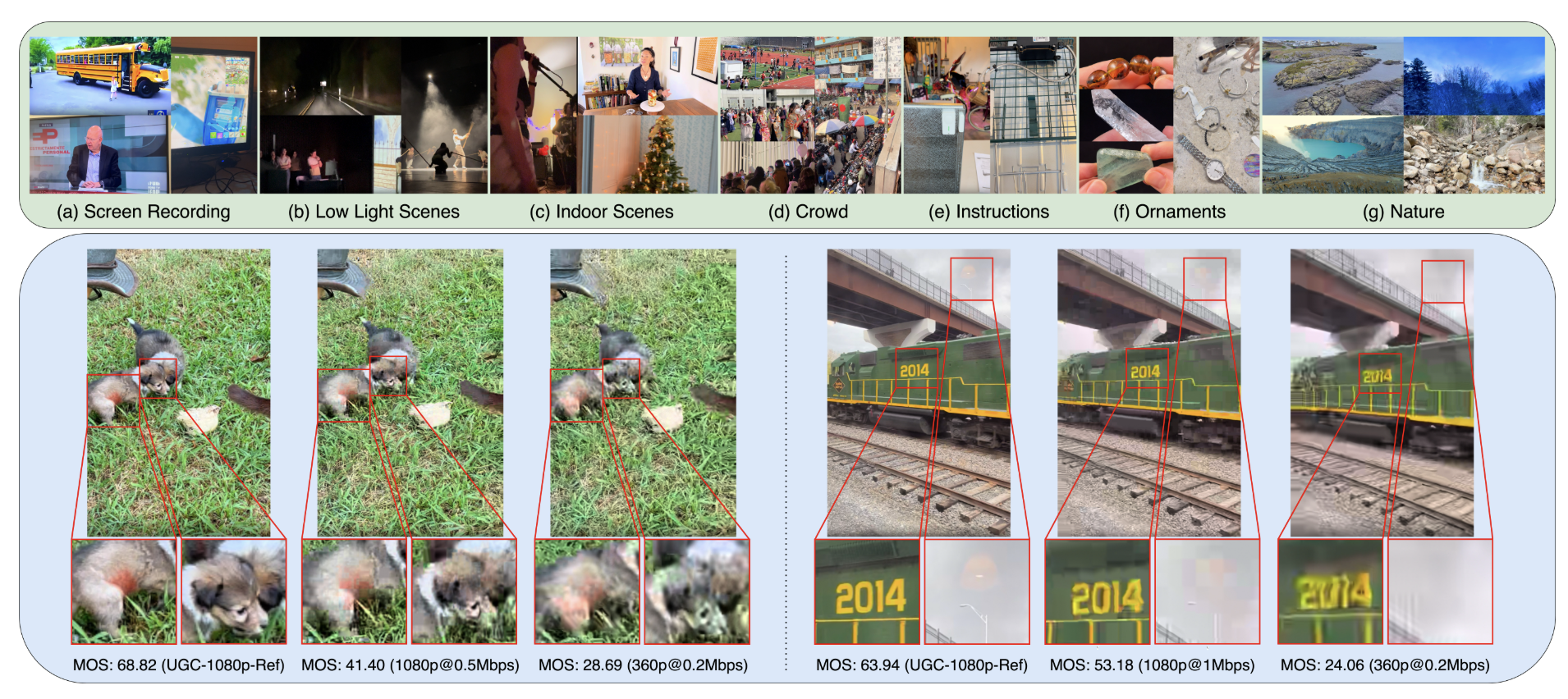
|
S Saini, B Chen, N Birkbeck, Y Wang, B Adsumilli, AC Bovik Under Review: WACV 2025 (Rejected from ICCV even with high score (5/4/3)) PDF / ArXiv / Page / Code BrightRate is designed for quality assessment in user-generated HDR videos, focusing on unique challenges like varying content and capture conditions. It offers a reliable way to evaluate and enhance the viewing experience of HDR content. |
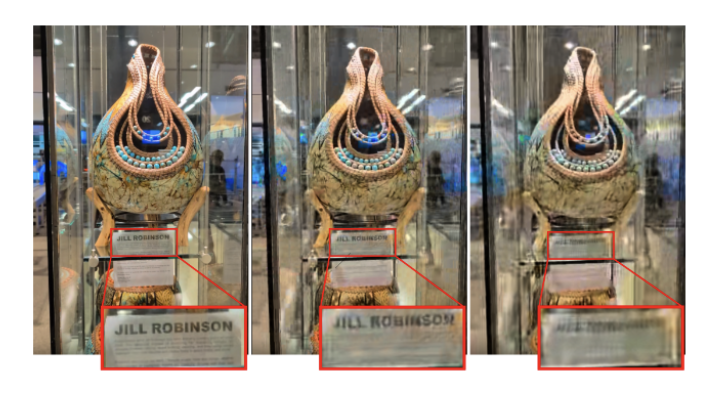
|
S Saini, N Birkbeck, Y Wang, B Adsumilli, AC Bovik IEEE International Conference on Image Processing (IEEE ICIP 2025), Anchorage Alaska, USA. PDF / IEEE Xplore / Page / Code CHUG is a crowdsourced dataset for HDR video quality, addressing the need for diverse, real-world content. It aids in developing more accurate and robust quality assessment models. |

|
S Saini, A Saha, AC Bovik. IEEE/CVF Winter Conference on Applications of Computer Vision (WACV), 2024, Waikoloa, Hawaii ArXiv / Data / Code Contrastive HDR-VQA introduces a deep contrastive representation learning approach for high dynamic range video quality assessment. By learning robust representations through contrastive learning, the method achieves state-of-the-art performance in predicting the quality of HDR videos. |

|
S Saini, N Birkbeck, Y Wang, B Adsumilli, AC Bovik. Ongoing Work - YouTube This research explores the application of flow models for inverse tone mapping in user-generated content (UGC) videos. The ITM-DM approach leverages diffusion models to enhance the visual quality of UGC videos by effectively performing inverse tone mapping, thereby improving the viewing experience. |

|
S Saini, P Korus, S Jin. Preprint: Amazon - Internal Prime-EditBench is introduced as a real-world benchmark designed to evaluate the performance of image and video editing tasks using diffusion models. This benchmark provides a standardized platform for assessing the capabilities of these models in practical editing scenarios, facilitating advancements in the field. |
|
|
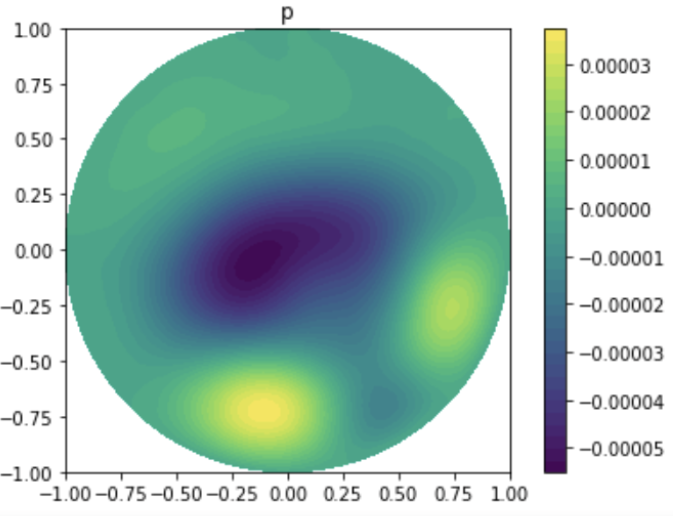
|
GitHub Repository This repository contains problems and solutions related to general inverse problems, as part of the CSE 393P course. It includes implementations and analyses of various inverse problem-solving techniques. |
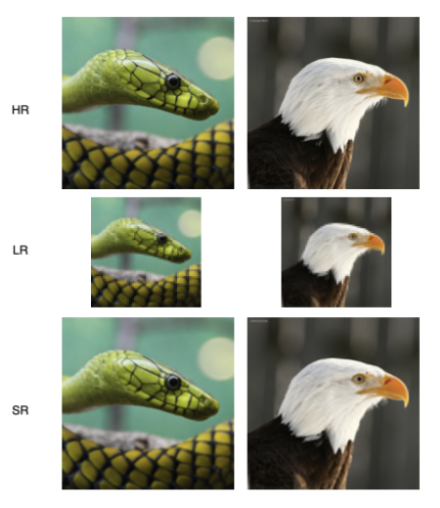
|
Shreshth Saini, Yu-Chih Chen, Krishna Srikar Durbha GitHub / PDF Implementation of an efficient SR3 DM for Super Resolution. This project explores the potential of pre-trained diffusion models to enhance the generalization ability and reduce computation costs in image super-resolution tasks. |
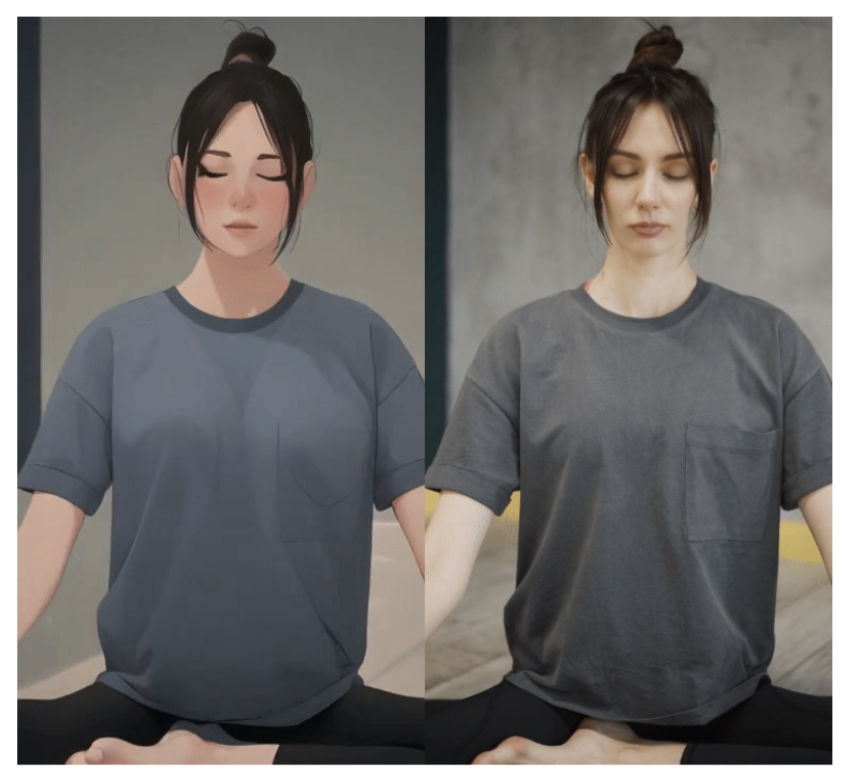
|
Shreshth Saini, Krishna Srikar Durbha GitHub / PDF Zero-shot Diffusion Model for Video Animation (Zero-DA) adapts image generation models to video production. This framework tackles the challenge of maintaining temporal uniformity across video frames using hierarchical cross-frame constraints. |

|
Shreshth Saini, Albert Joe, Jiachen Wang, SayedMorteza Malaekeh GitHub / PDF This project aims to mitigate the inherent bias in recidivism score predictions by leveraging machine learning techniques to rectify and minimize biases towards gender and racial/ethnic groups. |
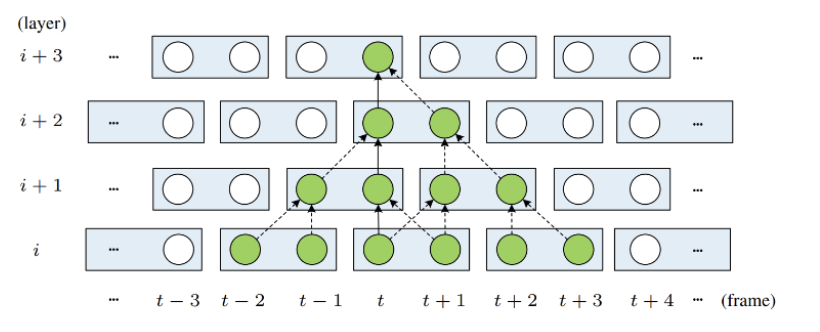
|
Shreshth Saini, Krishna Srikar Durbha GitHub / PDF This project proposes the use of transformers to learn long-range interactions with mutual self-attention between frames as a surrogate for motion estimation in video frame interpolation. |
|
|

|
S Saini, G Agrawal. The IEEE International Symposium on Biomedical Imaging (IEEE ISBI), 2021 Acropolis-France PDF / ArXiv / Page / Code M2SLAe-Net introduces a multi-scale multi-level attention embedded network for improved retinal vessel segmentation. By integrating attention mechanisms at multiple scales and levels, the network achieves enhanced accuracy and robustness in segmenting retinal vessels, aiding in the diagnosis of various eye diseases. |

|
S. Saini, G. Agrawal. 9th IEEE International Conference On Healthcare Informatics (IEEE ICHI), 2021 (full Oral Presentation) Victoria, British Columbia, Canada PDF ArXiv This paper presents (M)SLAe-Net, a multi-scale multi-level attention embedded network designed for precise retinal vessel segmentation. The network's architecture allows it to capture intricate details of retinal vessels, making it a valuable tool for early detection and diagnosis of retinal diseases. |
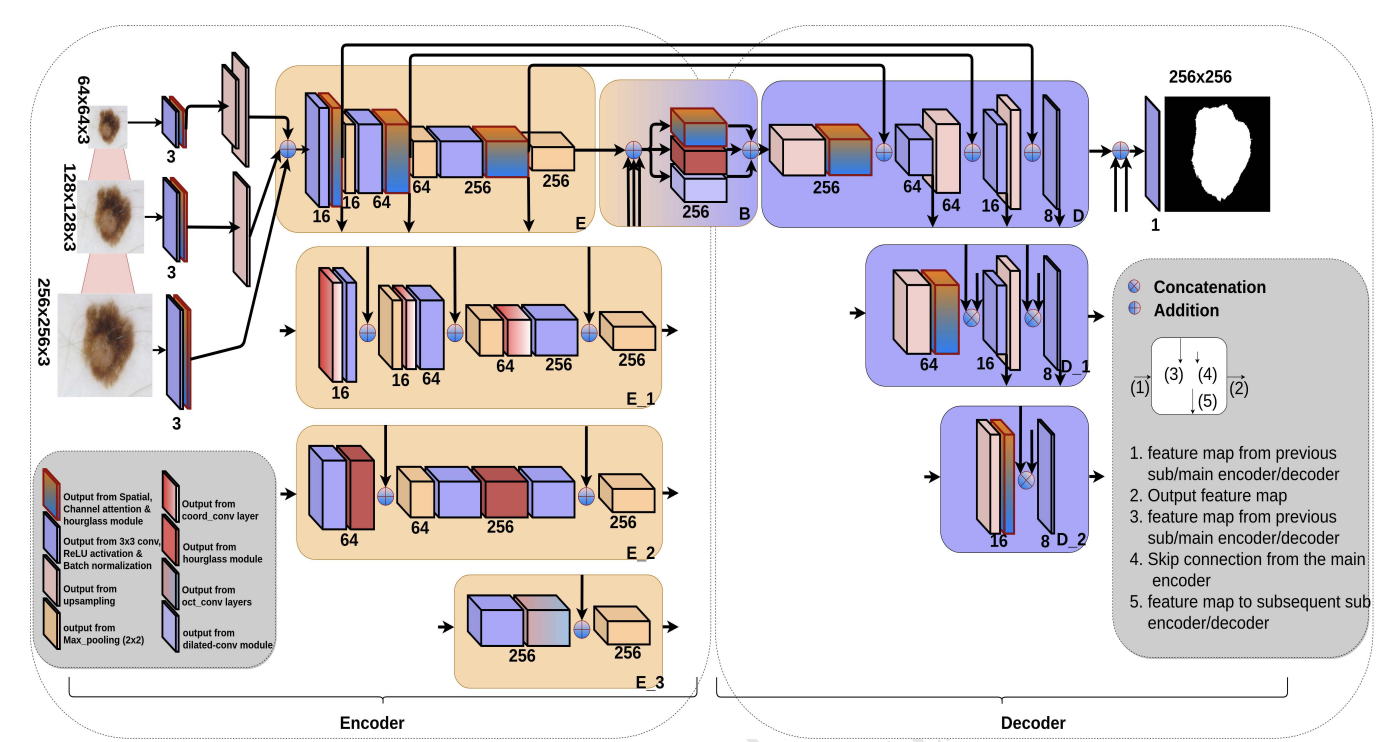
|
S Saini, YS Jeon, M Feng. Association for Computing Machinery Conference on Health, Inference, and Learning (ACM CHIL), 2021 (full Oral Presentation) B-SegNet introduces a branched SegMentor network for accurate skin lesion segmentation. By employing a branched architecture, the network effectively captures both local and global features of skin lesions, leading to improved segmentation performance and aiding in the diagnosis of skin cancer. |
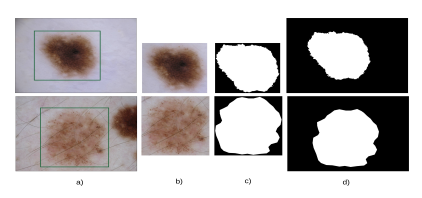
|
S Saini, D Gupta, AK Tiwari. National Conference on Computer Vision, Pattern Recognition, Image Processing, & Graphics (NCVPRIPG), 2019 (full Oral Presentation), twin of ICVGIP ArXiv This paper presents a detector and SegMentor network for simultaneous skin lesion localization and segmentation. The network combines detection and segmentation tasks to provide a comprehensive solution for skin lesion analysis, enabling accurate localization and precise segmentation of lesions for improved diagnostic accuracy. |
|
|
|
|
RR Jha, G Jaswal, S Saini, D Gupta, A Nigam. The Institution of Engineering and Technology (IET Biometrics, 2019) PixISegNet introduces a pixel-level iris segmentation network that utilizes a convolutional encoder-decoder architecture with a stacked hourglass bottleneck. This network achieves precise iris segmentation by effectively capturing both local and global features, making it suitable for various biometric applications. |
|
|
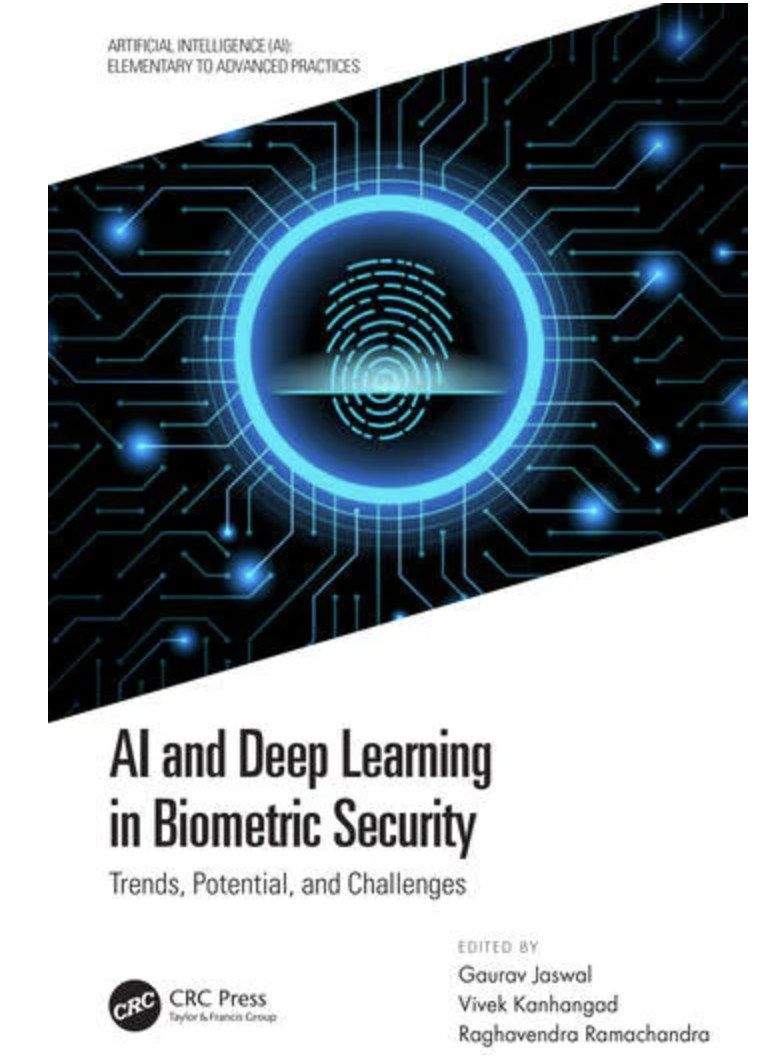
|
S Saini, D Gupta, RR Jha, G Jaswal, A Nigam. AI and Deep Learning in Biometric Security: Trends, Potential and Challenge CRC Press (Taylor & Francis Group), 2020 This book chapter explores the use of encoder-decoder based deep learning techniques for iris segmentation in unconstrained environments. The proposed methods effectively handle challenges such as variations in lighting, occlusion, and off-angle images, making them suitable for real-world biometric applications. |

|